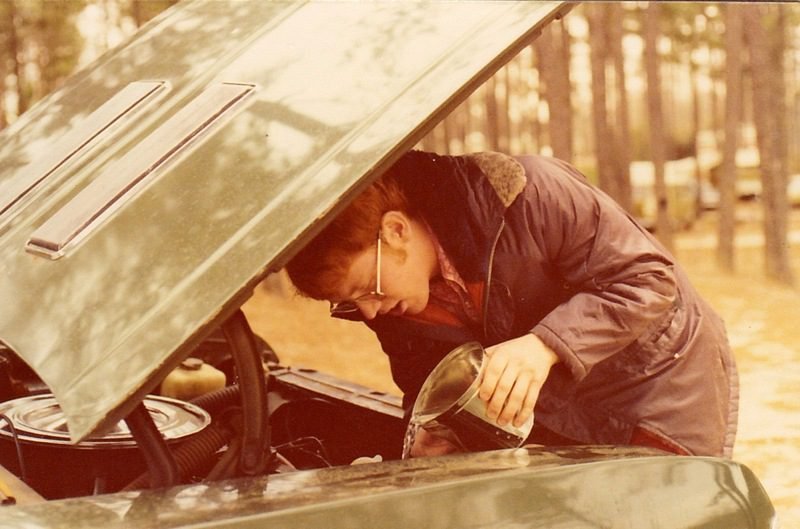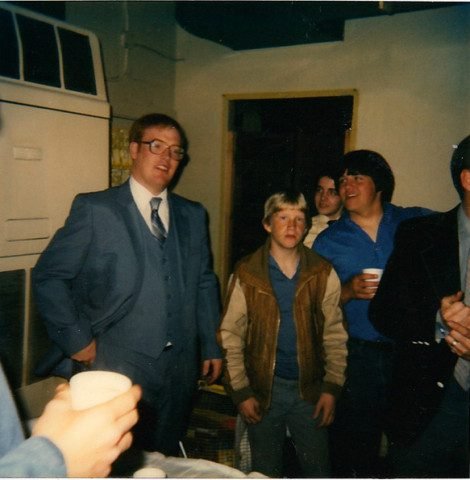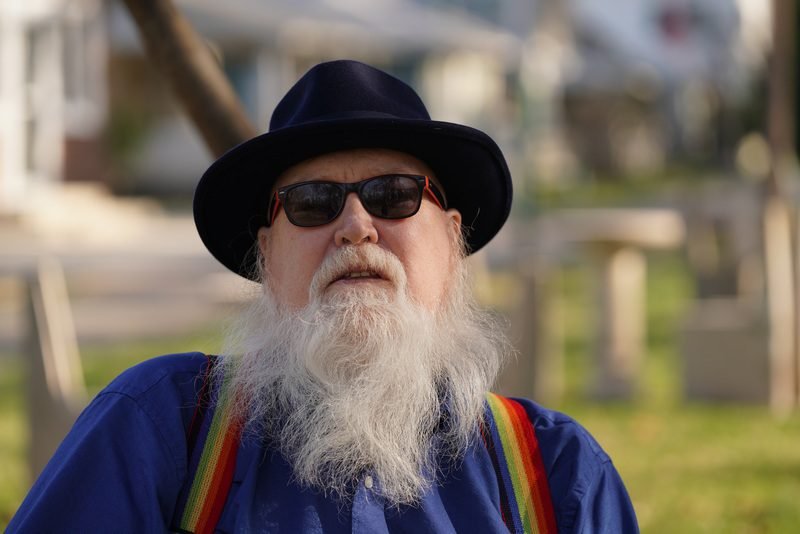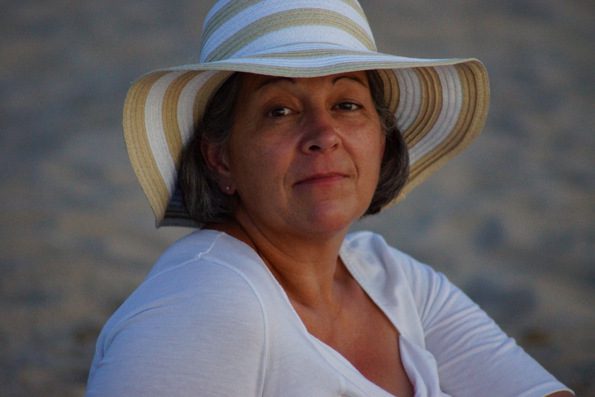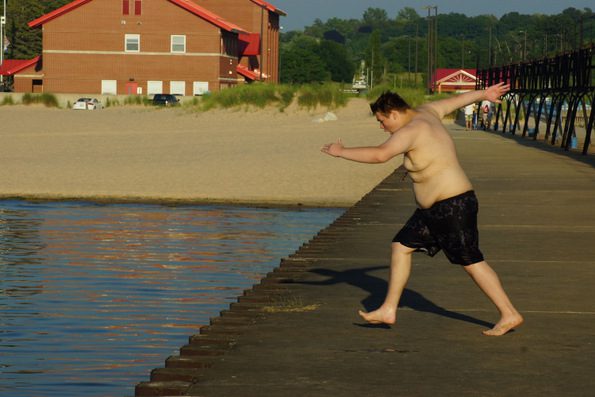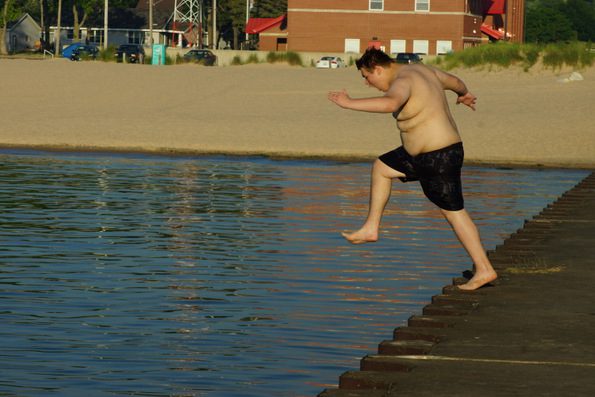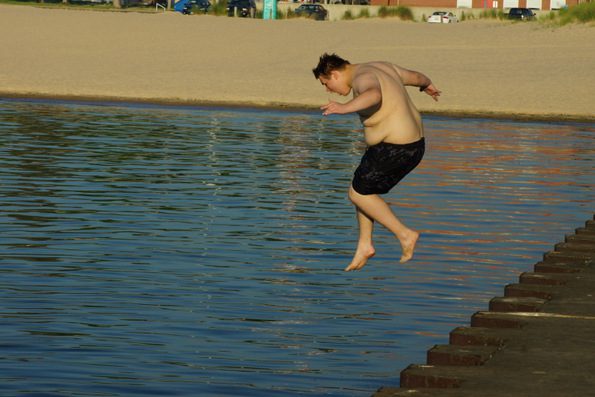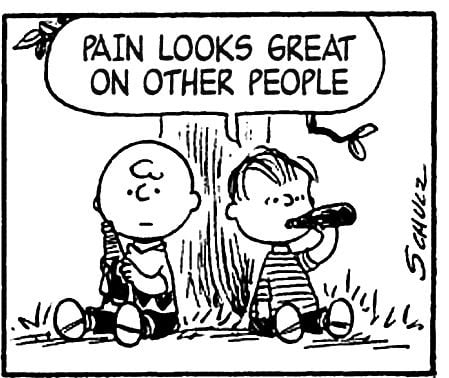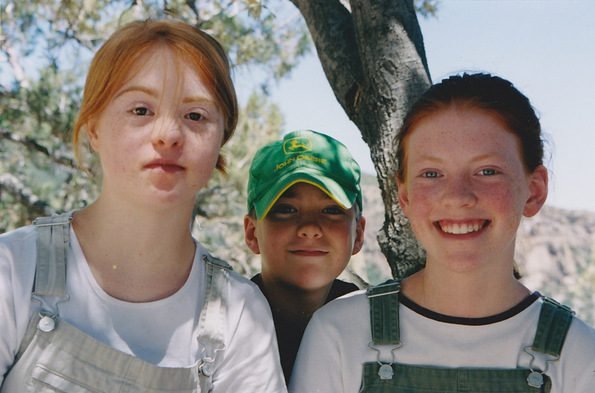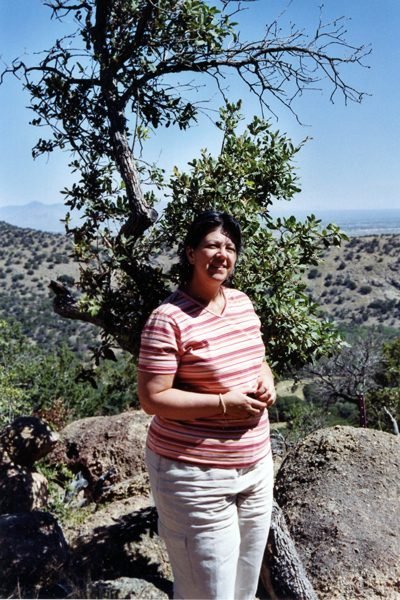
We all have a story to tell. I love to hear the stories of others. I hate Facebook, but I remain on the service because of the stories, complete with photographs, people tell about their lives. The Internet allows me to meet and interact with people all over the world. My life is richer in every way because I have met people different from me. And yes, I have met people who are similar to me too — people who have similar beliefs and want the same things I do.
In the 1990s, I started sharing my story on the Internet — on church websites, BBS sites, and AOL/CompuServe forums. I also sponsored a discussion email list, CHARIS. For a time, I shared my stories on several private forums for Calvinistic pastors. I did all of this as Pastor Bruce Gerencser, a devoted follower of Jesus Christ.
In 2007, as my search for “authentic” Christianity intensified, I started a blog. By then, my theology and political beliefs had become progressive/liberal. For a time, I was enamored with the Emerging/Emergent church. I openly wrote about how my life, and that of my family, was changing. This brought all sorts of attacks from people I labeled “keepers of the Book of Life” — people who thought they had the duty and obligation to declare who is and isn’t saved. These Fundamentalist Christian zealots believed that God had called them to “discern” the unbiblical beliefs and behaviors of others. This kind of thinking continues to this day on sites such as Protestia and Christian Research Network.
Several “discernment ministers” declared that I would one day become an apostate and leave Christianity. According to them, the signs were there for all to see. And, they were right. In early 2008, I was sliding down the proverbial slippery slope of unbelief. I stopped to rest several times along the path to the bottom. I thought maybe liberal Christianity might be what I was looking for. It wasn’t. I then thought that Universalism might be the answer. In the end, nothing stopped me from hitting the bottom of the hill with a big thud. On the last Sunday in November 2008, I attended church for the last time. Throughout all of this, I continued to tell my story.
In early 2009, I wrote a letter titled Dear Family, Friends, and Former Parishioners. I posted this letter to my blog. I also sent it via email and snail mail to over two hundred family members, friends, colleagues in the ministry, and former church members. This was me telling all who knew me (and Polly) that Elvis had left the building.
From 2007 through 2014, I had several blogs. I would write for a while, face withering attacks and character assassinations, crash into an emotional heap, and then quit blogging. After my wounds would heal, I would rise like a Phoenix from the ashes and start writing again. In December 2014, I started the current iteration of this blog, The Life and Times of Bruce Gerencser. I find it hard to believe I am still blogging six and a half years later. But, here I am, one man with a story to tell.
When I first started telling my story years ago, I decided that I would use my real name. I am the only Bruce Gerencser in a world of almost eight billion people. In this regard, I am special. 🙂 I am blessed (and cursed) to have a unique name. Thus, I don’t have to worry that I will be confused with someone else. When someone searches for “Bruce Gerencser,” the first Google/Bing result is this site. I am easy to find, and if someone wants to contact me, I am but a click away.
Early on, Evangelical zealots, along with former friends, family members, church members, and ministerial colleagues, tried to control my storyline. I was told countless times that I needed to move on or that I had no right to talk about others whose stories intersected with mine. One dear ex-friend, the late Bill Beard, pastor of Lighthouse Memorial Church in Millersport, Ohio, drove 3 hours to see me after receiving the aforementioned letter. (Please see Dear Friend.) Bill desperately and frantically tried to reclaim me for Jesus, but he concluded, after a three-hour-long discussion between us, that my mind was made up. Bill then asked me to keep my story to myself. Why? Bill feared that if people heard about my deconversion that it could cause them to lose their faith too (and he was right). What Bill wanted to do is control my storyline.
I determined long ago that I wouldn’t let anyone control my storyline. It’s my story, and I plan to tell it as I see fit. I view my blog as a digital autobiography. Honestly telling my story means that I am going to say things, at times, about people that they (and others) might find unflattering or embarrassing. Independent Fundamentalist Baptist (IFB) people, in particular, despise my willingness to talk out of school. They hate that I am willing to write about what went on behind closed doors. They know that I know secrets, where the proverbial dead bodies are buried. Instead of getting their panties bunched up, perhaps they should thank the Lord Jesus Christ that I don’t tell ALL I know. You know: preachers who were fucking their secretaries, preachers who were porn addicts, preachers who abused their wives/children, preachers who visited strip clubs, preachers who were drunks — all while they were raging against their congregants’ sins. I don’t share these things because they are not germane to my story. However, when their lives intersect with mine, an honest telling of my story requires me to tell the truth — even when it portrays me and others in an unflattering light.
I can’t tell my story if I leave out the unflattering parts. Some family members are livid with me because I dare to paint a negative portrait of the family’s now-deceased patriarch. They want this giant of the faith to be portrayed only in a positive light. However, the sum of this man includes his angry, violent outbursts. Sure, on balance, he was a decent man. However, he emotionally and physically hurt people. I told my oldest son the other day that if one of my children ever wrote an autobiography, I would want them to tell the truth — all of it, as they remember it. I certainly would want them to write about all the good things they remember about their father, both as a man and a preacher. But, if that’s all they wrote, their book would be incomplete. You see, there’s another side, dare I say multiple sides, to their father. A dark side. An angry side. A violent side. A mentally ill side. An OCPD side. A man who loved them, yet a man who harmed them. You can’t tell and know my story without telling everything — well, almost everything. I won’t share my favorite sex positions. I would rather show you. Pictures coming soon. Woo! Hoo! 🙂 So, while it would hurt me if one of my children told the truth, the whole truth, and nothing but the truth about their father, I would be proud of them for doing so. I don’t want my children to bury the past. I want them to own it and give an honest accounting of the good, bad, and indifferent things they have experienced. After I am dead, I want my children to share wonderful stories about me. I am, I hope, on balance, a kind, decent, loving man. At the same time, I want them to share the “other” stories too. I want them to know that it is okay to say out loud that their father physically abused them; that “Biblical” discipline is, in fact, child abuse.
I make no apologies for mentioning people by name in my writing. More than a few family members, ex-friends, former church members, and ex-colleagues in the ministry have objected to me portraying them in a poor light. I tell them, “then you should have treated me better.” Don’t want to be portrayed as an asshole or a prick? Behave differently. And instead of trying to badger me into whitewashing your interaction (s) with me, how about owning your behavior? I had a few nasty interactions with a handful of church members years ago. While most former congregants will praise me, the sum of my twenty-five years in the ministry can’t be told without saying, “you know, Pastor Bruce sure could be an arrogant, self-righteous, judgmental asshole.” Yes, I was a kind, loving, compassionate preacher, but I was also that other man too. You can’t have an Oreo without the white filling.
There may come a day when I am done telling my story. I may also die with my fingers on my IBM Model M Clickity-Clack keyboard, preparing to add one more chapter to my story. Who knows? God? 🙂 I promise you this: I will be open and honest with you, even when it paints me (and others) in an unflattering light. It is up to readers to decide whether what I write rings true. Remember this as you read my story: I am telling my story as I remember it. It is up to you to decide whether what I write is believable.
Bruce Gerencser, 68, lives in rural Northwest Ohio with his wife of 47 years. He and his wife have six grown children and sixteen grandchildren. Bruce pastored Evangelical churches for twenty-five years in Ohio, Texas, and Michigan. Bruce left the ministry in 2005, and in 2008 he left Christianity. Bruce is now a humanist and an atheist.
Your comments are welcome and appreciated. All first-time comments are moderated. Please read the commenting rules before commenting.
You can email Bruce via the Contact Form.

